- Home
- Home Insulation
- How Insulation Works
How Insulation Works
in Your Home.
How insulation works - in its most basic form, insulation works by trapping air within the insulation material.
As the air molecules are trapped within the insulation, their movements are much more restricted, slowing the transfer of heat through the insulation material by convection.
But there’s more to it than that…
In addition to convection there is also conduction and radiation and understanding how these work will help you understand how insulation works.
How heat is transferred:
Heat is thermal energy and this thermal energy can be passed to other materials by the three methods mentioned above:
- Conduction – where heat moves through a solid substance (like a metal radiator) by the free electrons colliding with others and transferring heat from the hot part to the cold part of the material.
- Convection – where heat moves through a gas or liquid, like the air in your living room or the water in your heating system. As the particles in a gas or liquid heat up they move quicker making the gas or liquid expand and become less dense.
This makes the air/water rise and as it rises cold particles are pulled in behind it to replace the rising particles. These cold particles then heat up by conduction when they come into contact with the radiator and the cycle goes on. - Radiation – this involves waves of electromagnetic energy (or infrared radiation) and no particles (unlike the other two above). The hotter something gets the more infrared radiation it releases. Radiation moves well through air or a vacuum, but not through solids.
This is how we feel the heat from the sun, even though it passes through the vacuum of space. Dull dark coloured objects give off more infrared radiation than light coloured shiny objects. So your radiators would actually work better if they were painted matt black rather than shiny white.
A simple way of explaining this is to think of the heating system in your house. The boiler heats the water in the boiler by conduction and convection. The convection process moves the water around the pipework where it passes its heat to the radiators by conduction. The radiators then heat the air by conduction and radiation. Finally the air heats the room and us by convection.
It’s worth pointing out that it’s impossible to stop the transfer of heat. It’s only possible to slow it down, and as insulation is a poor conductor of heat it’s our best means of slowing the transfer of heat from our homes.
Conversely concrete, steel or plaster are relatively good conductors of heat and therefore allow heat to pass through quickly.
The Purpose of Insulation:
The sole purpose of the insulation in your home is to slow, as much as possible, the transfer of the heat from inside your home to outside.
It does this by reducing:
- Conduction, by having very little mass.
- Convection, by trapping air molecules and restricting its movement.
- Radiation, by having just enough mass to slow the transfer of heat by radiation.
The next question on your journey to understand how insulation works is to think about poorly fitted insulation.
How does poorly fitted insulation affect things?
Poorly fitted insulation could mean leaving air gaps around the insulation material and the fabric of your home or laying the insulation too thinly.
For example if you were to place a 390mm wide roll of insulation between two ceiling joists that have a gap of 400mm between them then you’re going to have a gap of 10mm which isn’t insulated.
You might think that it’s close enough and won’t make that much of a difference. However, that 10mm gap allows the air to circulate which in turn allows heat to pass through and escape by convection, conduction and radiation.
I'm going to complicate things a little further by telling you that you should also install a vapour control layer on the warm side of the insulation and a breather membrane or air tightness layer on the cold side of the insulation.
These will reduce the amount of water vapour entering the insulation from the inside during summer and the outside during winter, and stop 'wind wash' (where air moving over and through the insulation draws heat out of it making is perform poorly).
See my articles on how to insulate a suspended timber floor and how to insulate your loft for more details.
The importance of well fitted insulation:
Leading on from above, if you want to avoid allowing your heat to escape quickly you’ll need to make sure your insulation well fitted.
Thankfully this can be done quite easily by ensuring there’s a good vapour barrier (see below), there are no gaps, it’s a consistent thickness and you don’t store things on top of it that will compress it.
Two Main Types of Insulation:
When trying to understand how insulation works it’s also important to realise that there are two main types of insulation and then each of these has lots of sub-types:
- Open cell insulation – the gaps in this insulation are all inter connected meaning the air can pass through it (albeit very slowly). This means that cold or warmth can pass through by convection. The thicker the insulation the slower the air passes through, meaning the better its insulating properties.
- Closed cell insulation – the gaps in the insulation are not connected, the “voids” are separate and therefore the air (or other gas) in the bubble can’t pass its heat or cold to the next one very easily. The most high performing insulations will have closed cells and typically have a ratio of around 95-97% gas to structure, making the rate of convection very low.
For obvious reasons the closed cell insulation will be the better performing insulation, although it’s also more expensive and you won't be able to get natural insulation materials that are closed cell. Plus closed cell insulation acts like a vapour barrier preventing water vapour passing through it and this can create BIG problems.
Personally I'd always choose to go with a well fitted natural insulation material such as wood fibre, sheeps wool, Jute etc. and a vapour control layer and breather membrane as this will avoid the nasty VOC's, allow your property to breathe (thus reducing the risk of condensation, mould and rot) and will still perform strongly.
Traditional Insulation Vs Natural Insulation:
most of our homes have man made insulation within them but more and more people are starting to question the efficacy of man made material over the natural insulation products. They are choosing not to use man made materials that can off-gas volatile organic compounds in favour of recycled naturally occuring materials such as Jute, wood fibre and sheeps wool to name just a few.
The natural insulation materials are also Hygroscopic meaning they absorb and release water vapour, which is a good thing. Whereas man made insulation is Hydrophobic so it doesn’t absorb and release water vapour readily.
R-values and U-values:
These are rating values for different materials showing how thermally efficient they are.
I’m not going to go into great detail here but I’ll give you the basics to help you understand as you’ll see these figures quoted when you look at different types of insulation:
- U-value – is a measure of how quickly heat travels through a material (the lower the number the better).
- R-value – is a materials ability to RESIST the flow of heat (the higher the number the better).
Different Sub-Types of Insulation:
- Blanklet or batt insulation – this is the most common type of insulation used and you’ll most likely have seen it in lofts and stud walls. It’s open cell and can be made up from manmade or natural insulation materials. It’s also one of the cheapest types of insulation and traditionally it is fitted in lofts without vapour control layers or breather membranes which increases the risk of condensation within the material, mould and rot.
- Loose or blown in insulation – the most common forms of this is cellulose, mineral fibre insulation and EPS beads. They’re blown in lose to lofts and wall cavities. As with the blanket type it’s open cell and is often used for filling awkward areas. Most of these I"m not a fan of, particularly when used in cavities.
- Rigid foam insulation – comes in large sheets and can be either open cell or closed cell. It comes in several types including XEPS (extruded polystyrene), EPS (expanded polystyrene), PIR (polyisocyanurate), PUR (polyurethane) and Phenolic boards. Depending on the type you choose you will get varying r and u-value ratings. But they are all man made and not particularly environmentally friendly.
- Spray foam insulation– closed or open cell insulation that’s sprayed onto the structure meaning there are no joints or air gaps if installed correctly. WHile it does have some benefits I'm not a fan.
Vapour barriers and airtightness:
It’s all well and good knowing how insulation works, but you should also know that increasing the insulation in your home increases the risk of condensation, which could cause damage in the future.
To avoid this risk it’s essential that you, or your builder, should install a good quality vapour control layer to the warm side of the insulation and a breather membrane to the cold side. This stops water vapour passing through the insulation where it can condense inside the insulation. As this happens inside the structure of your home it can’t be seen until it's too late (interstitial condensation).
How insulation works – Conclusion:
Hopefully at this stage you should have a good basic knowledge of how insulation works within your home. But to summarise; you’ll need to choose the best insulation you can within your budget by comparing the r-values and/or u-values.
Cheaper insulation will need to be thicker to achieve similar r/u-values to the more expensive insulations.
Make sure the insulation is well fitted with no gaps and fit a vapour control layer to avoid condensation issues.
If you’d like to get a little more information on the different types of insulation available take a quick look through my various articles on the best insulations, spray foam insulation, blow in cavity insulation, rigid foam insulation and blue jean insulation etc.
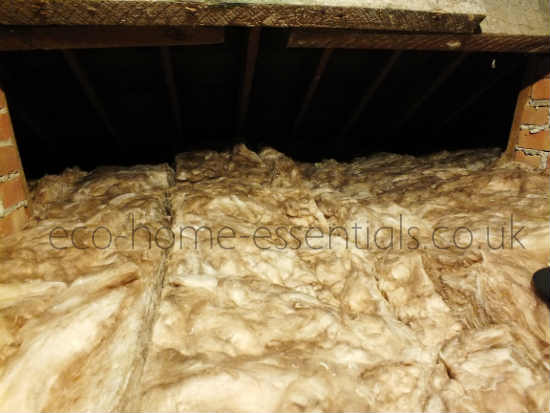
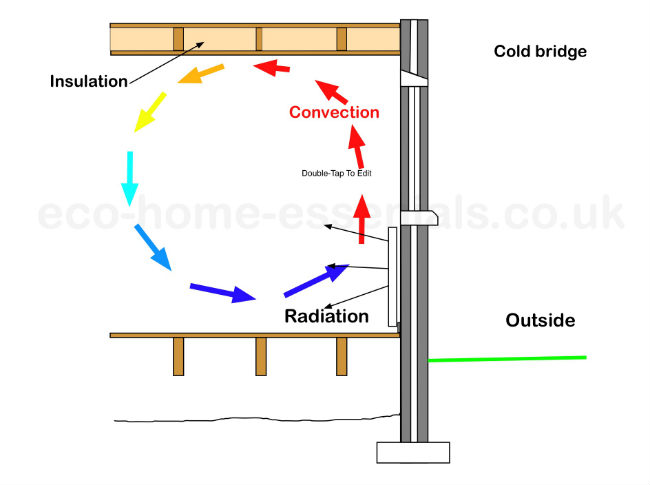
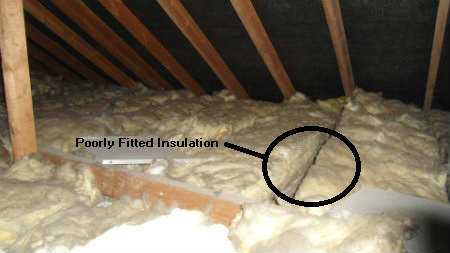
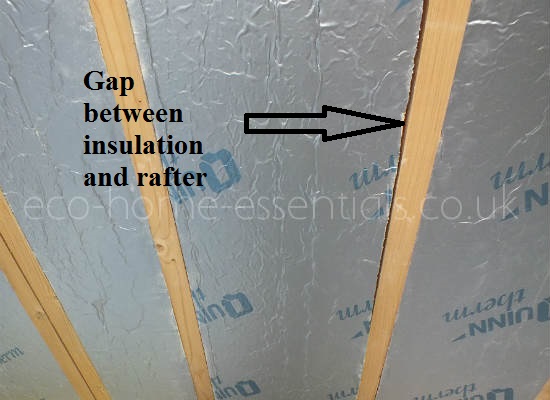
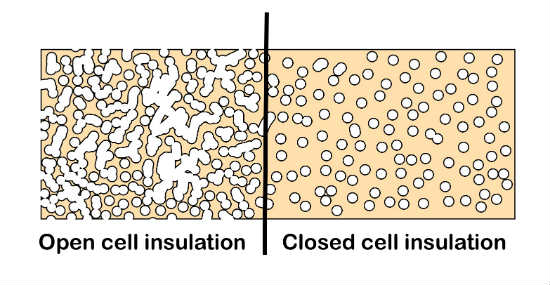
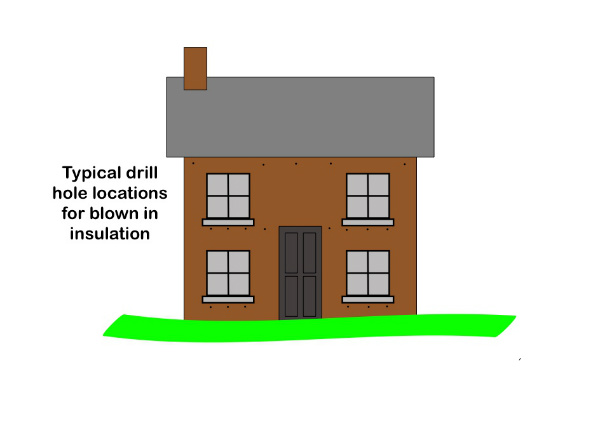
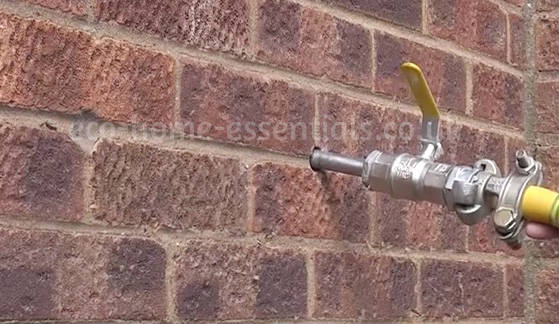
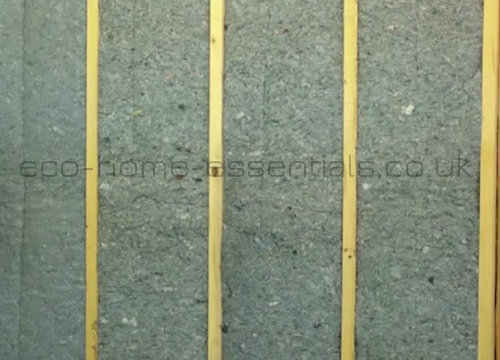
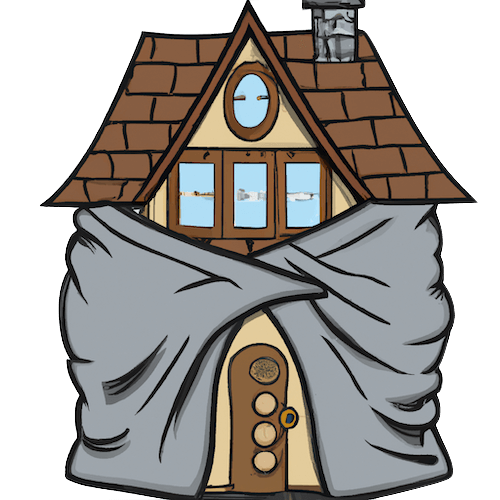
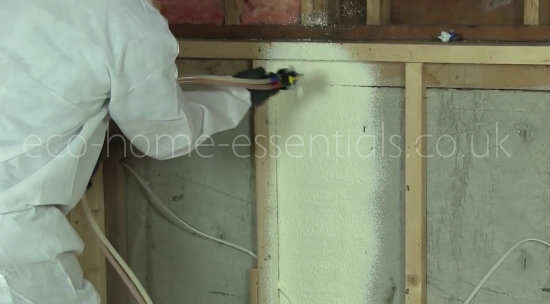
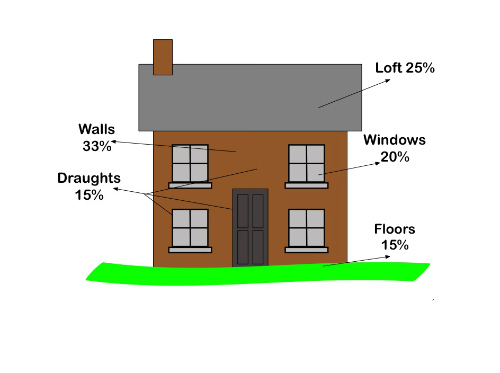
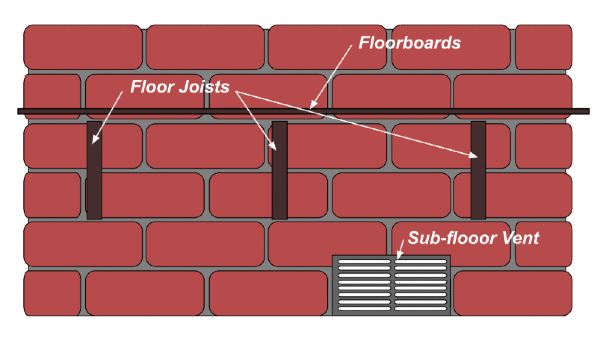
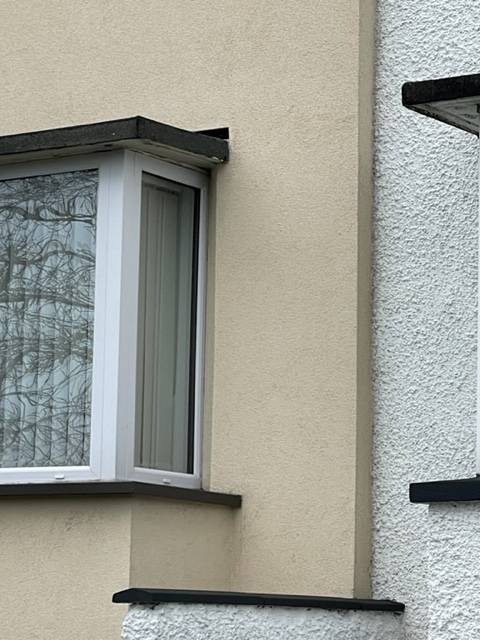

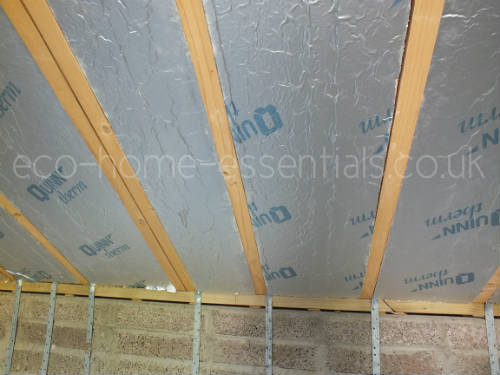
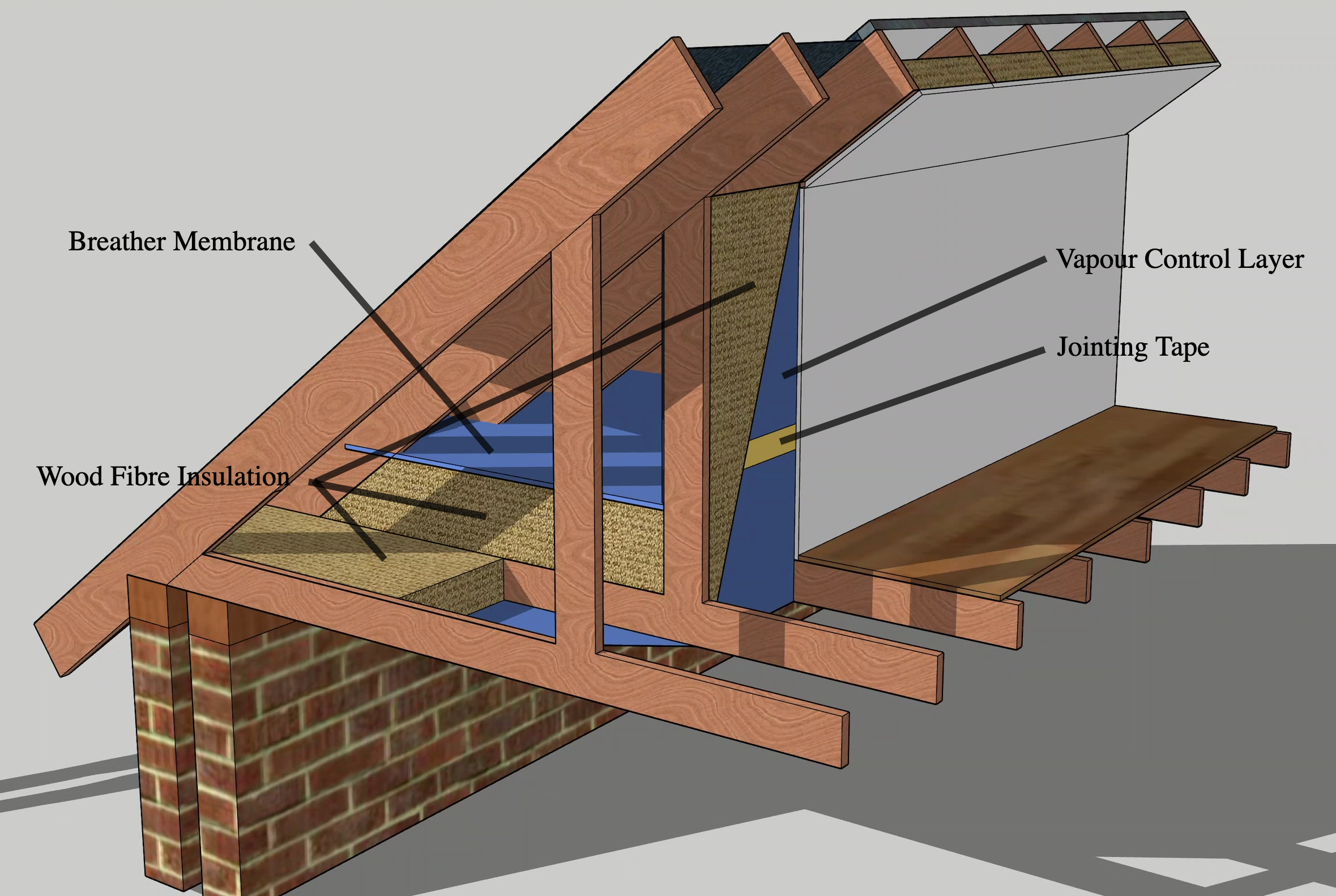

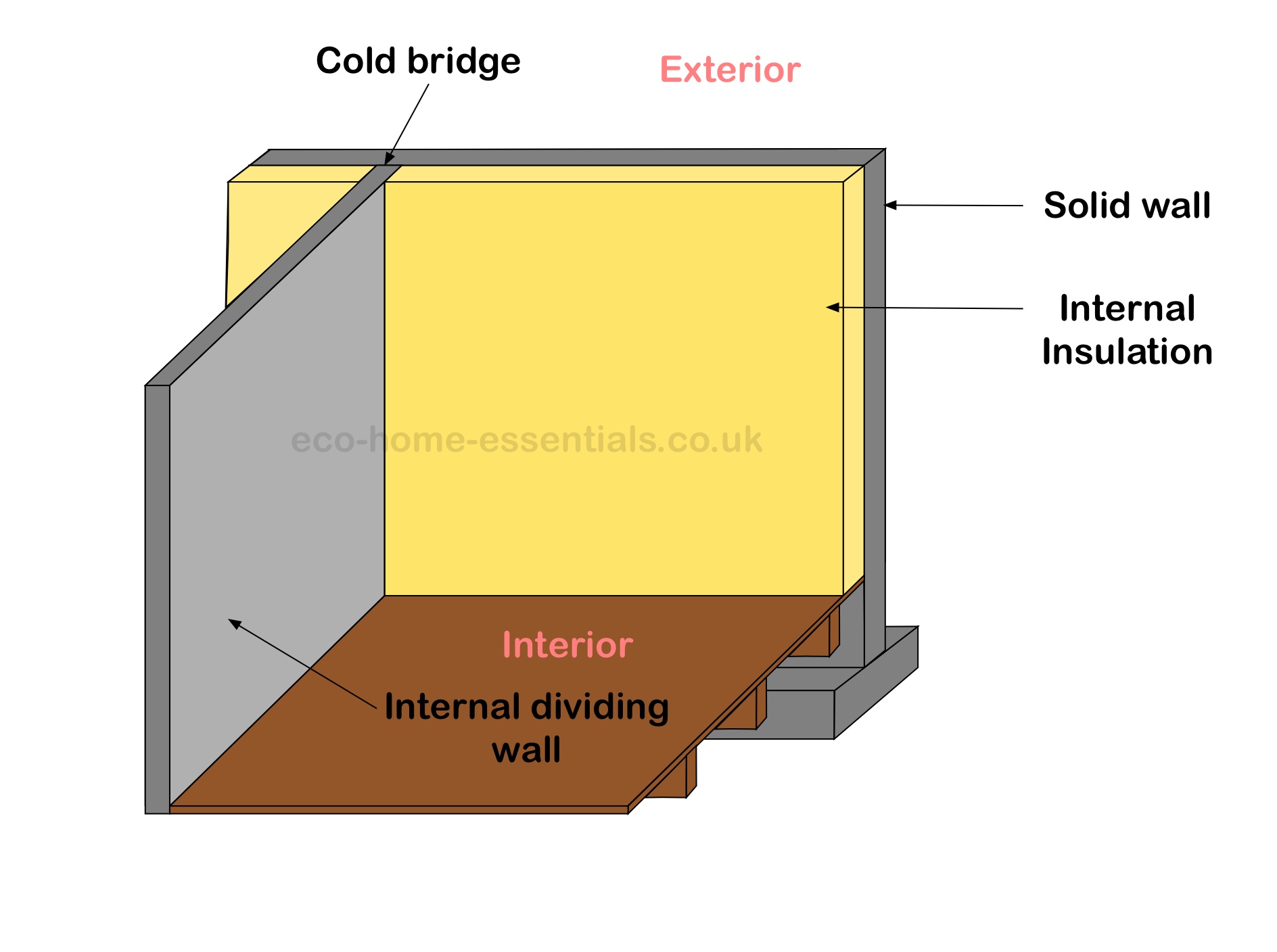
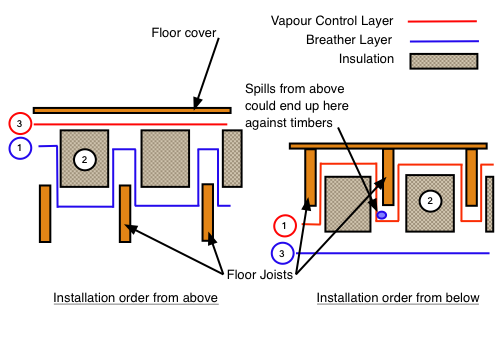
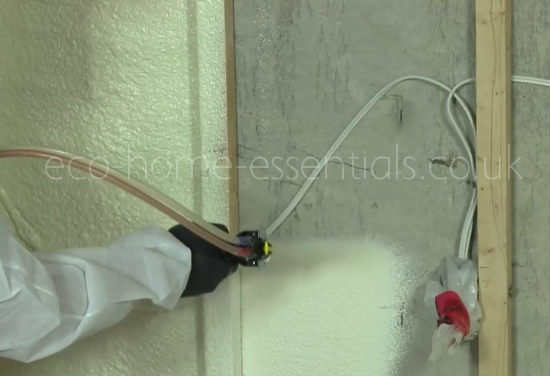
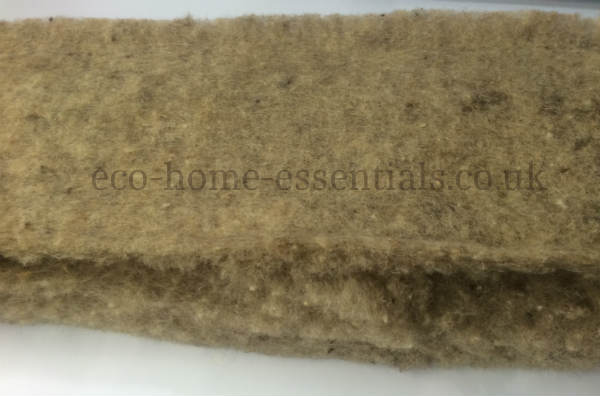
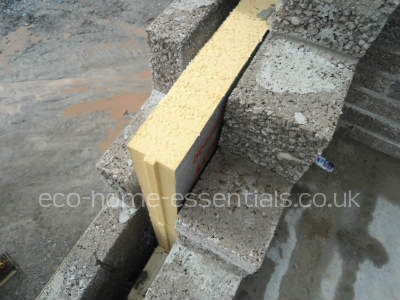
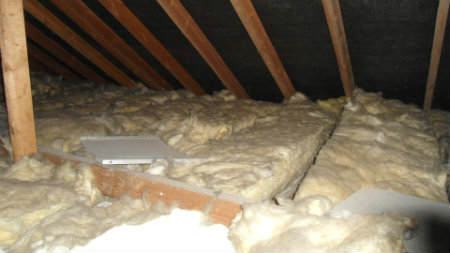
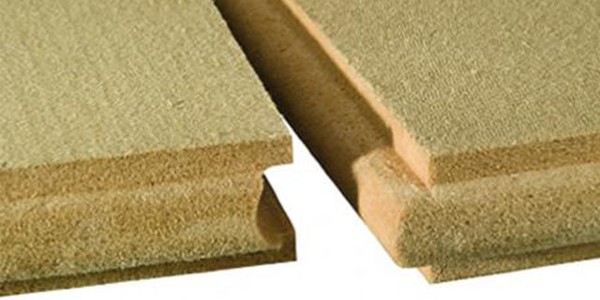







New! Comments
Have your say about what you just read! Leave me a comment in the box below.